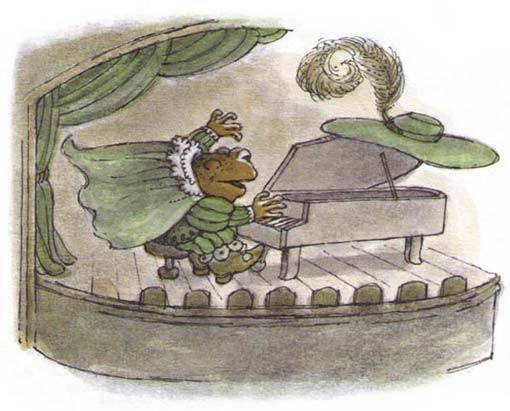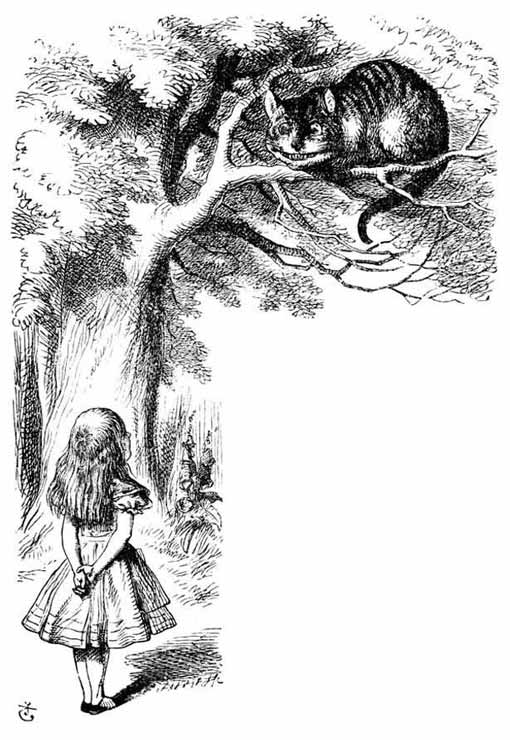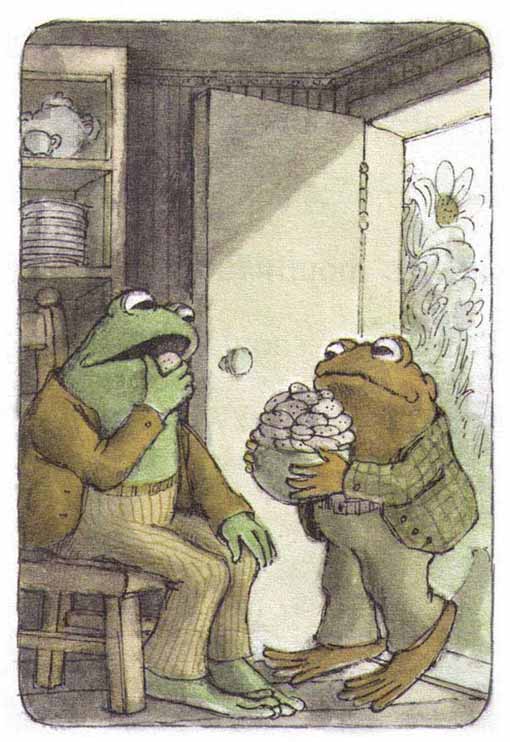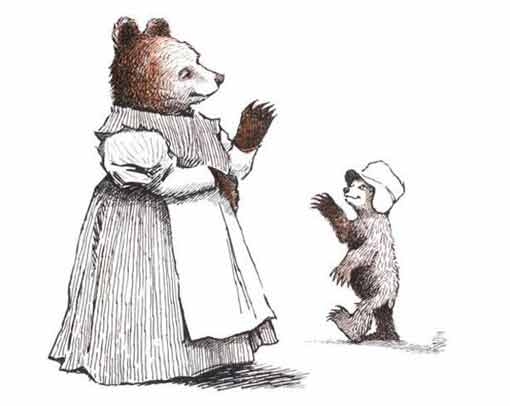Children’s books are a great gift to the world, and are often credited with developing children’s minds and talents. Despite their moniker, however, simple stories can be inspirational for adults as well, and designers and illustrators in particular. The simplicity and fresh perspectives that quality children’s literature gives can seldom be found elsewhere.
Illustration by Ernest Shepard
I think we can all agree that, in the past few decades, the quality of children’s books has dropped significantly. Nearly all of the children’s books on the shelves are composed of garish colors, mediocre illustrations and impossibly painful rhyme. The immediate impression is of an adult trying desperately to make a book that will entertain a child for more than 10 minutes but doesn’t quite know how to do so. There seems to have been a disconnect between the adult and child minds. We need to reestablish that connection.
A good children’s book is invaluable to a designer’s day. A quality children’s book will both convey and communicate with the mind of a child. Although the mature mind is necessary to an adult (strangely enough), elements of the child-like mind are necessary to anyone working in or appreciative of creative fields. This is exactly the type of mind that designers need to cultivate in themselves.
Illustration by Arnold Lobel
Simplicity
Simplicity, because of its nature, can hardly be called a trend. In fact, it could almost be called the antithetical to trends. However, we’ve seen a wave of simplicity sweeping across web design and print design lately. Simplicity is incredibly important for designers because we need to communicate clearly and concisely or else the message will be lost. In a world swimming with complications and complexity, it becomes difficult to retain that simplicity. Sitting down for a few minutes to read a children’s book will help a designer to rethink basic.
Rethinking Basic
Often, in design, the terms “simple” and “clean” are confused with “minimalist.” Minimalism, although a powerful design aesthetic, is seldom or never used in children’s books. Minimalism is simplicity taken to the point of asceticism, and that is not the way a child thinks.
A child thinks chiefly about comfort. Thus, while the writing and illustration styles of a children’s book will not be complex, they will not be minimalist either. A good children’s book contains elements of luxury, such as nature, emotions, and simple pleasures such as a balloon or a birthday cake.
Even if you are not going for a minimalist aesthetic on your next web design, there is always room to simplify. There are plenty of excellent quotes on this subject, but since you have probably heard them ad nauseam, I will spare you the repetition! However, the principle holds true. Children’s books can help designers to trim away “extras” and leave what will communicate most clearly.
Simple Humor
Children’s books show that elementary humor can be quite effective. The mere simplicity of some stories, the way a sentence is written or the obvious nature of what is said, can make an adult smile. Other children’s books may contain intelligent wordplay, brilliant rhymes and deliberate confusion of long words. In rhyme especially, the words used can evoke laughter. As a part of simplifying the way our minds work, we can learn to appreciate simple humor on a child’s level.
Fresh Perspectives
Do you remember how, as a child, you could make up and act out the most absurd stories and enjoy them thoroughly? The child’s mind sees problems from a completely different angle than that of an adult, and is undoubtably more fertile. Reading a good children’s book can essentially channel creative power back to the mind because it introduces concepts in the way a child thinks.
Conceptualizing
The fresh perspective is the most important thing a designer needs when beginning work on a new project. Original concepts are at a premium because there have been so many effective designs, and only so much inspiration can come from other designers’ work. The idea is everything, and children’s books can help with opening the designer’s imagination.
Offline
It has long been a difficult thing to get a designer away from his computer. This is because not only his work but his entertainment and inspiration are usually found online. Something completely different must spark creativity and help open the designer’s mind to new concepts. Good humor, intelligent wordplay and entertaining illustrations all put together into a quality children’s book present a solution to this problem.
Disguised Brilliance
Because it is somehow simple and child-like, much of quality children’s literature isn’t recognized as being intelligent. However, many classic children’s books offer very bright entertainment for both adults and children. For one thing, the difficulty of truly speaking to a child’s intellect makes stories that do so rare and much skill is required to write effectively for children.
Illustration by Arnold Lobel
Some of the jokes and concepts in A. A. Milne’s original “Winnie-the-Pooh” stories or Dr. Seuss’s works evoke thought. Lewis Carroll uses quite sophisticated language and manages to stuff five- and six-syllable words into his humorous epic poem, “The Hunting of the Snark,” while retaining the rhyme scheme and meter impeccably.
Illustrations also provide inspiration and imagination for designers. They are often complex in a simple way, such as Dr. Seuss’s two-page spreads with myriads of tiny details and characters all drawn in his characteristic, simple style. They can even be vice versa, simple in a complex way, such as Maurice Sendak’s small but careful illustrations for Else Holmelund Minarik’s “Little Bear” stories.





This guy is a web designer from the UK.
ReplyDeleteIt is interesting what people SAY about Children's Literature. "Nearly all of the children’s books on the shelves are composed of garish colors, mediocre illustrations and impossibly painful rhyme." and ... "while the writing and illustration styles of a children’s book will not be complex, they will not be minimalist either". DO YOU AGREE? hmmmmmmmmm.